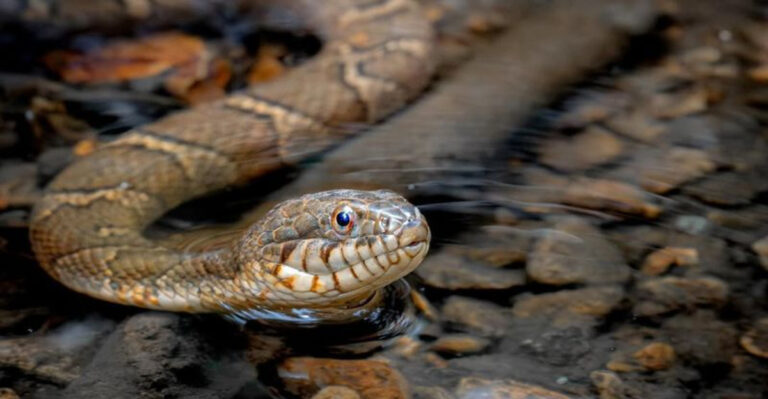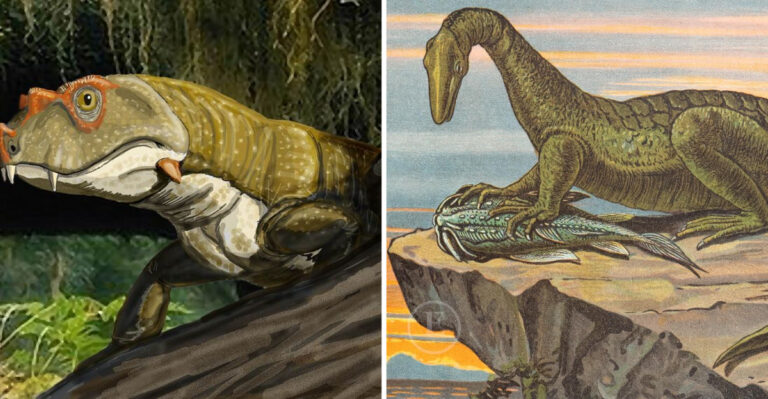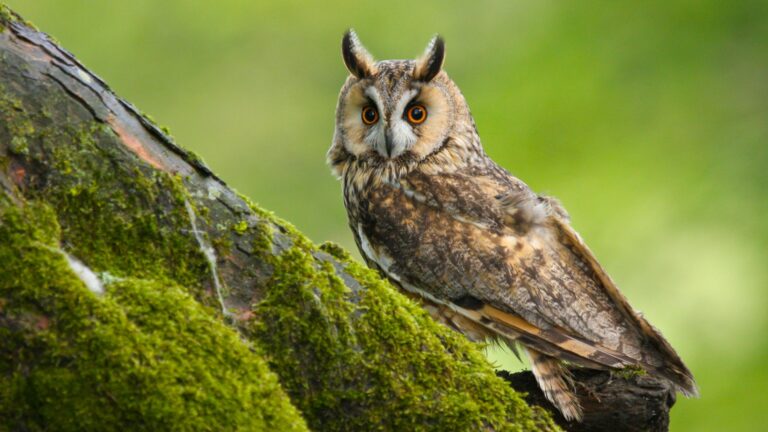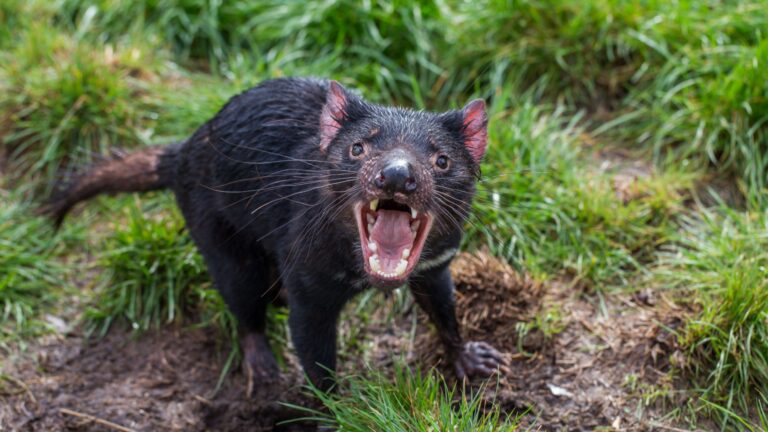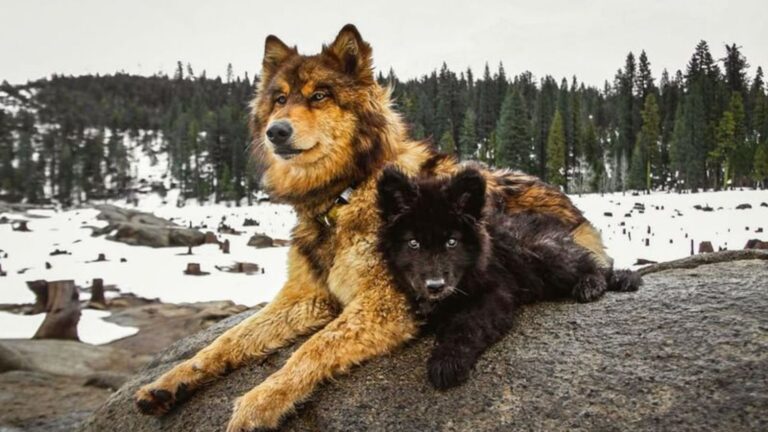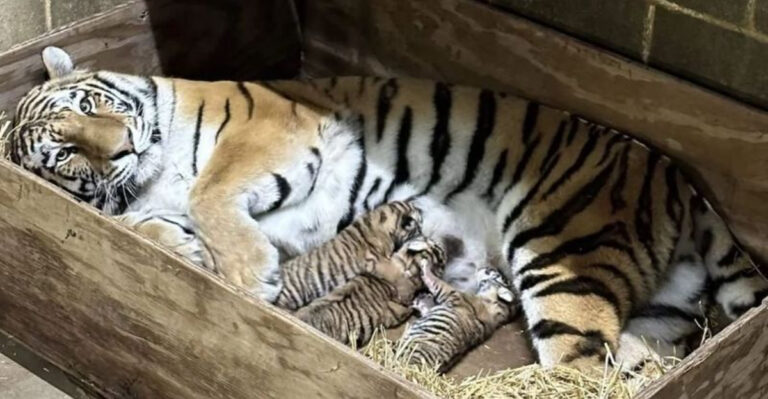Dinosaurs Never Went Extinct—Are We Unknowingly Living In Their Era?
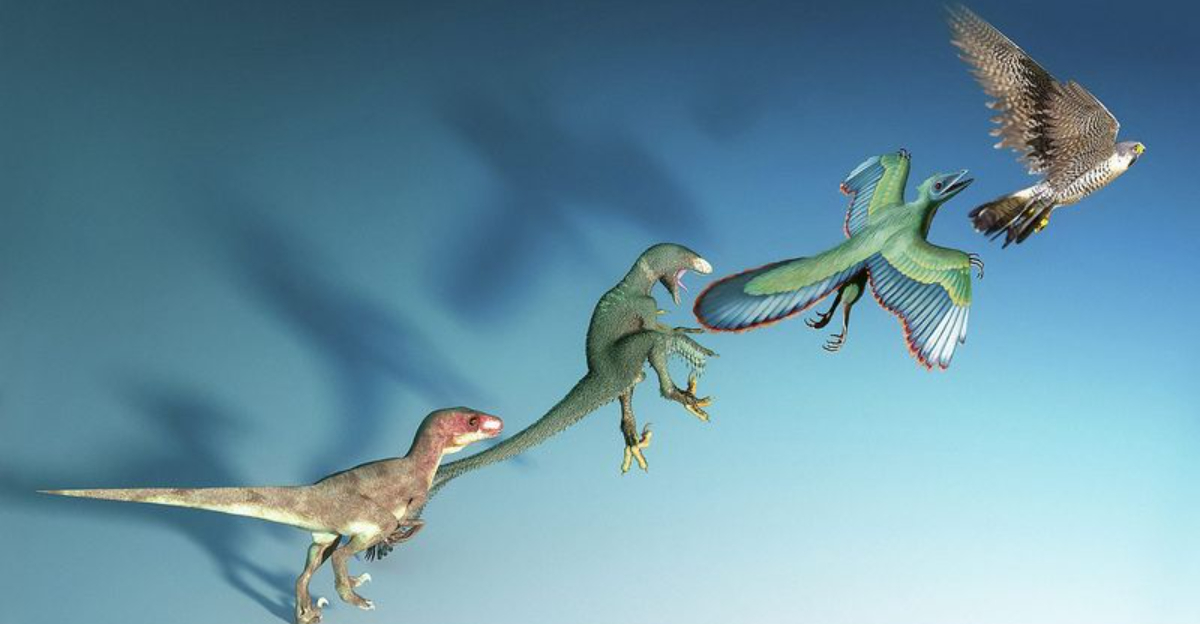
What if we told you that dinosaurs never truly vanished? Despite the cataclysmic events that ended the reign of the colossal reptiles we often imagine, their legacy continues in forms that are far more familiar than we might think.
Dinosaurs are not just relics of the past; they have evolved, adapted, and continue to thrive in various forms today.
Welcome to the era where dinosaurs walk among us, sometimes unnoticed and often underestimated. Let’s explore some incredible ways these magnificent creatures have survived through time.
1. Crocodiles – Relics of the Ancient World
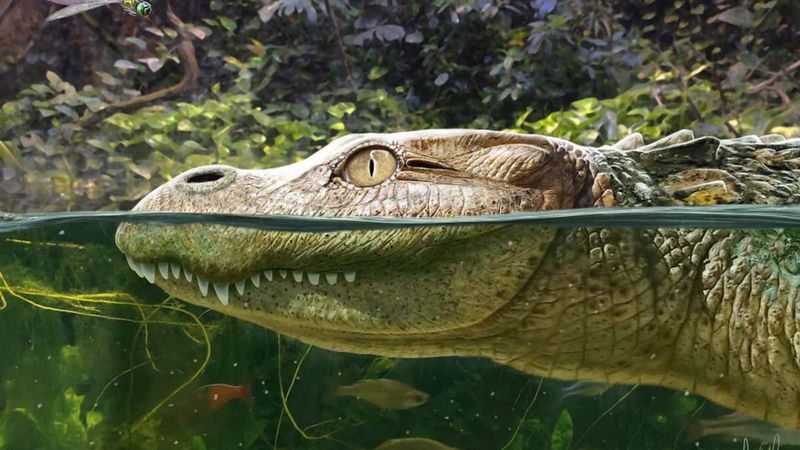
Crocodiles are often considered living fossils, with a lineage tracing back over 200 million years. These formidable reptiles have remained relatively unchanged, a testament to their successful adaptation strategies. Dwelling in swamps and rivers, they carry the essence of their ancient counterparts, surviving mass extinctions that wiped out other dinosaurs.
Their powerful jaws and stealthy hunting tactics are reminders of their prehistoric dominance. Crocodiles possess a rugged resilience that has allowed them to thrive where others perished, embodying the might of an ancient era.
Despite their fearsome reputation, crocodiles play a crucial role in their ecosystems, maintaining balance and biodiversity. They remind us that the dinosaur era, though distant in time, continues to influence the natural world. Through the lens of crocodile eyes, we glimpse a primordial world resilient against the tides of change.
2. The Resilient Tuatara
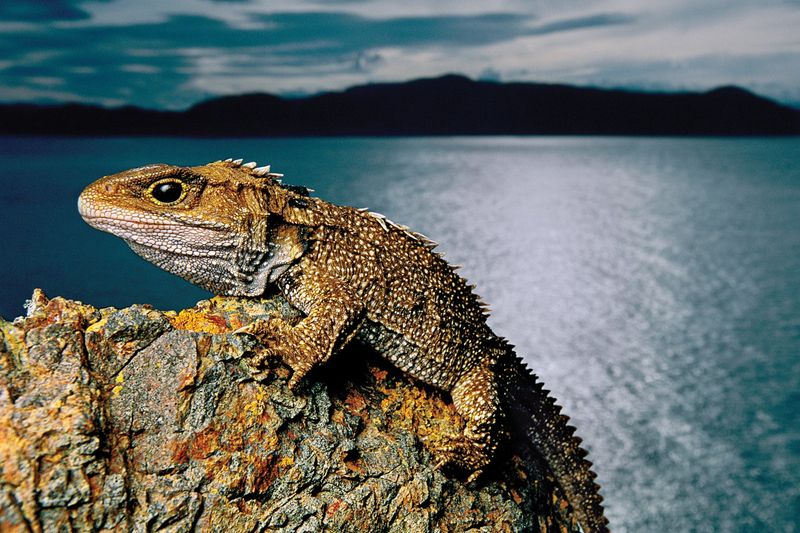
The tuatara, native to New Zealand, is a remarkable survivor from the age of dinosaurs, often termed a “living fossil.” Despite resembling lizards, they are part of a distinct lineage that flourished alongside dinosaurs. Their existence today is nothing short of a biological marvel.
Tuatara have unique features, such as a parietal eye, which adds to their mystique and connection to ancient times. They are elusive, often hiding in burrows, yet their presence is a direct link to a prehistoric past.
Inhabitants of the land before time, tuataras have weathered climatic shifts and environmental changes, showcasing an enduring adaptability. Their survival is not just a testament to endurance but a symbol of a world long gone, reminding us of the incredible journey life takes through the corridors of time.
3. Cockroaches – Silent Survivors
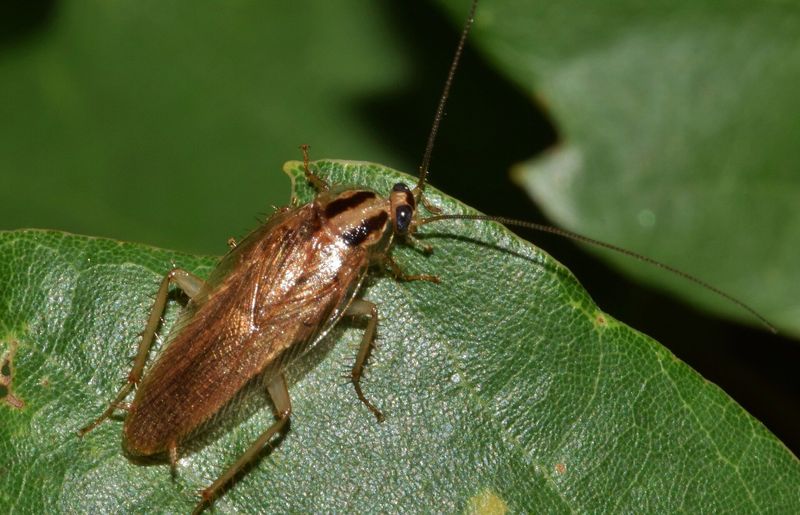
Cockroaches have been skittering around since the time of dinosaurs, and their resilience is astonishing. These hardy insects can survive extreme conditions, even outlasting some mass extinction events.
Modern urban environments serve as their new jungle, where they thrive unnoticed, much like tiny dinosaur descendants in our midst. Their ability to adapt and endure is reminiscent of the survival instincts once necessary for dinosaurs.
Perhaps it’s their stealthy nature and unyielding presence that makes them silent reminders of a time long gone, yet eerily present. Not just pests, but silent echoes of an ancient world.
4. Birds – The Feathered Dinosaurs
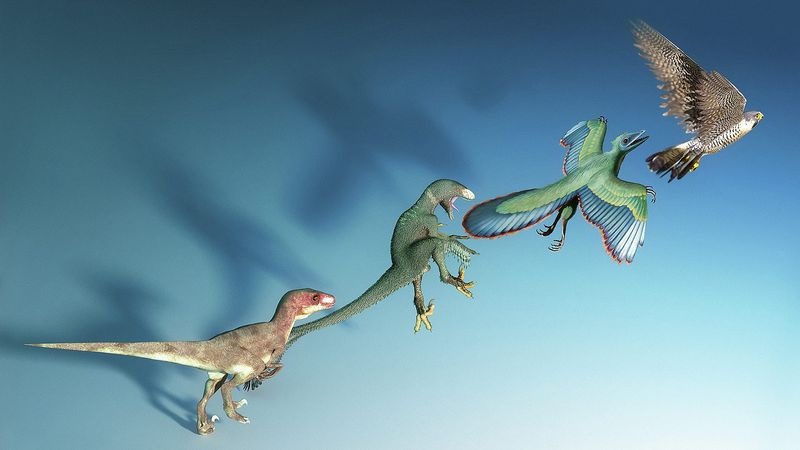
When we gaze at the sky and witness a bird elegantly soaring, we are indeed watching a modern-day dinosaur in flight. Birds are the direct descendants of theropod dinosaurs, a group that includes the formidable Tyrannosaurus rex. With intricate evolutionary adaptations, these feathered creatures have inherited the earth.
Their ability to fly isn’t just a marvel of nature; it’s a testament to survival. Birds inherited hollow bones and a keen sense of vision, attributes that ensured their resilience across epochs. Every chirp, song, and flutter is a symphony from a lineage that defied extinction.
Today, from the tiny hummingbird to the majestic eagle, birds embody the spirit of dinosaurs that once ruled the land. They are living proof that with change comes extraordinary survival, carrying the legacy of their ancient ancestors into the modern world.
5. Sharks – Ocean’s Ancient Predators
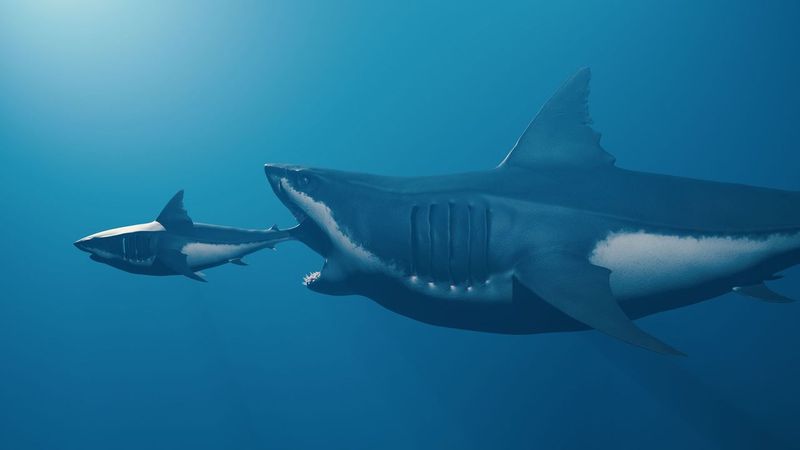
Sharks have roamed the oceans for over 400 million years, long before dinosaurs walked the Earth. With their cartilaginous skeletons and keen sense of smell, they’ve adapted remarkably well, making them some of the most efficient hunters.
Sharks’ evolutionary design has changed little over the millennia, earning them the title of living fossils. Their resilience and adaptability highlight the sheer power of natural selection.
Encountering a shark in the wild is a thrilling reminder of the ancient world, a world still very much alive beneath the waves.
6. Horseshoe Crabs – Timeless Recluses
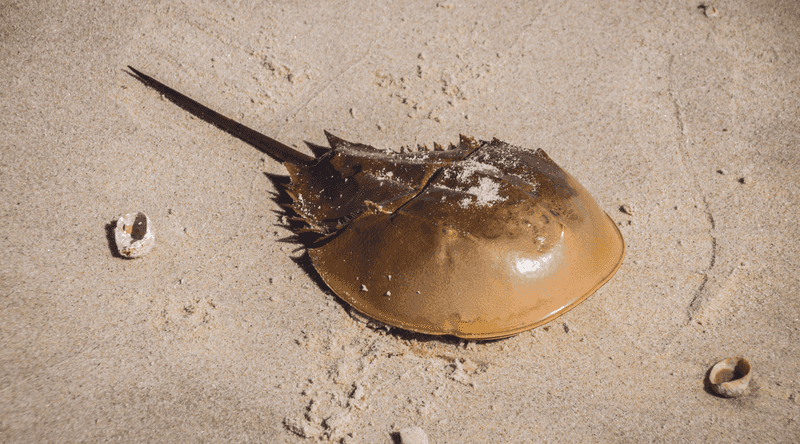
Horseshoe crabs have remained virtually unchanged for over 450 million years. Their ancient design has withstood the test of time, akin to a living blueprint from the dinosaur era.
These marine creatures are often found on beaches, seemingly odd and out of place, yet perfectly suited for survival. Their blue blood is vital for medical uses, adding a modern twist to their prehistoric existence.
Their survival skills and biological uniqueness make them a true wonder of nature, a silent witness to the earth’s epic history, living in quiet solitude while still interacting with modern science.
7. Amphibians – Survivors Of Two Worlds
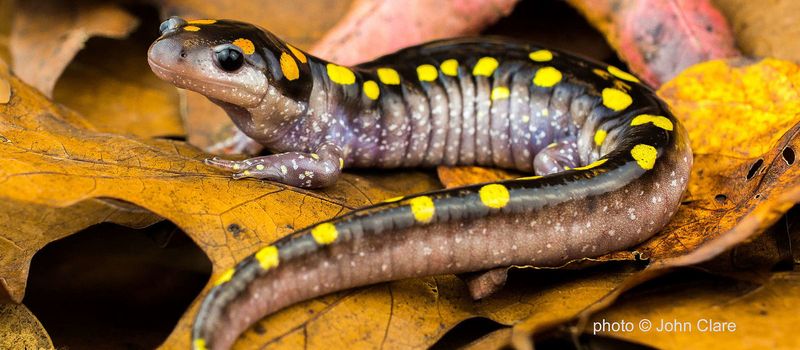
Amphibians, including frogs and salamanders, have thrived since the time of the dinosaurs, evolving to occupy both aquatic and terrestrial environments. Their dual lifestyle and permeable skin make them particularly sensitive to environmental changes.
These creatures have undergone significant evolutionary changes, adapting to diverse habitats across the globe. Their presence underscores the adaptability and survival of life through changing eras.
Amphibians remind us of the interconnectedness of life, bridging the gap between ancient and modern ecosystems.
8. Sturgeons – River’s Primeval Giants
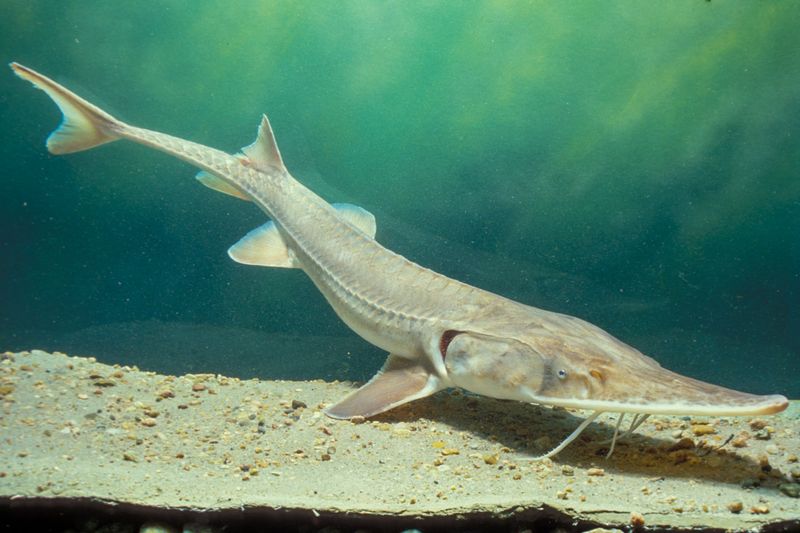
Sturgeons have swum in Earth’s rivers for over 200 million years, making them some of the oldest fish species still in existence. These slow-moving giants are known for their bony plates and elongated bodies.
Despite their prehistoric appearance, sturgeons have adapted to a range of environments, showcasing incredible resilience. Their migratory patterns and spawning behaviors offer a unique glimpse into the past.
Observing sturgeons in their natural habitat reveals a living connection to Earth’s ancient aquatic life.
9. Coelacanths – Oceanic Ghosts
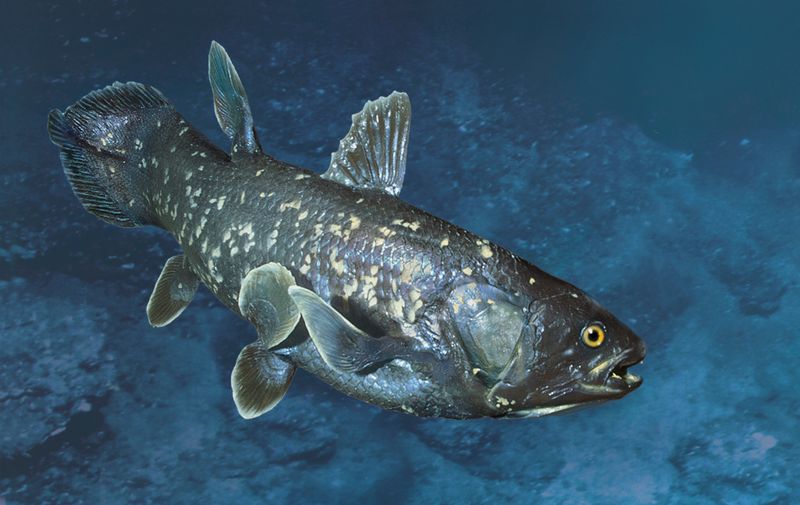
Once thought extinct, coelacanths were rediscovered in 1938, swimming in the deep. These ancient fish have remained largely unchanged for millions of years.
Their lobed fins suggest a link to the first land-walking creatures, a living connection to evolutionary history. Coelacanths inhabit ocean depths, hidden from view, yet alive and thriving.
Their unexpected survival challenges our understanding of extinction, as they glide through dark waters, embodying a mysteries past. The coelacanth reminds us that the ocean still harbors secrets, echoing a time when dinosaurs roamed above.
10. Komodo Dragons – Land’s Giant Lizards
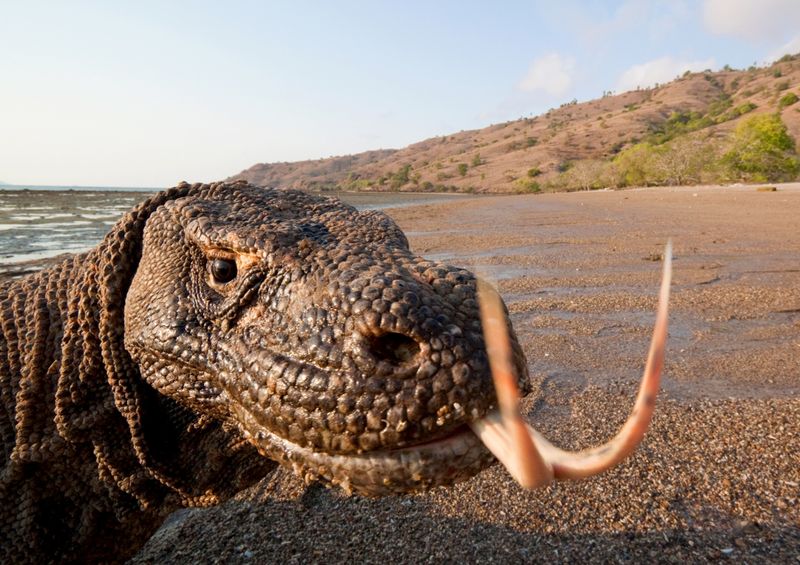
Komodo dragons are the largest lizards on Earth, residing primarily on Indonesian islands. These formidable creatures have a lineage that traces back to the age of dinosaurs.
With their powerful limbs, sharp claws, and a venomous bite, they are apex predators in their ecosystem. Their hunting strategy and social behaviors offer a glimpse into the lives of their prehistoric ancestors.
Observing these reptiles in their natural habitat provides a fascinating insight into evolutionary biology, connecting us to a time long past.

